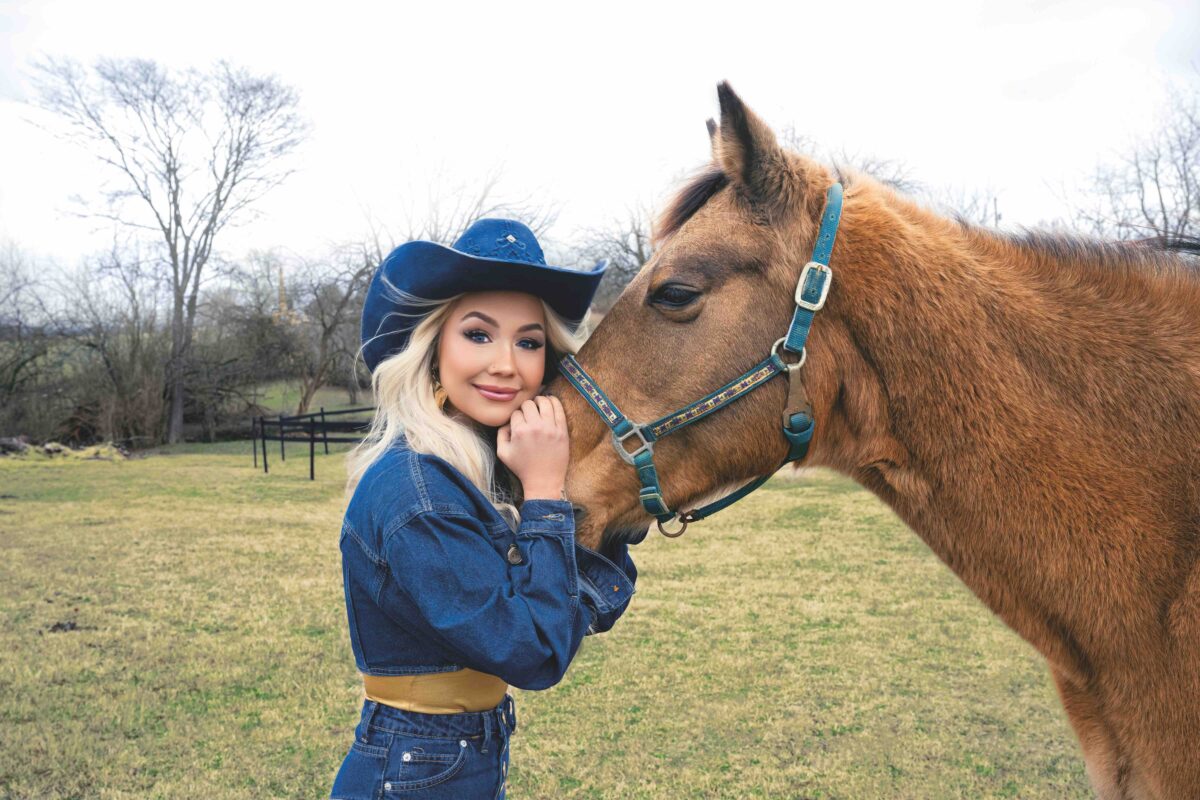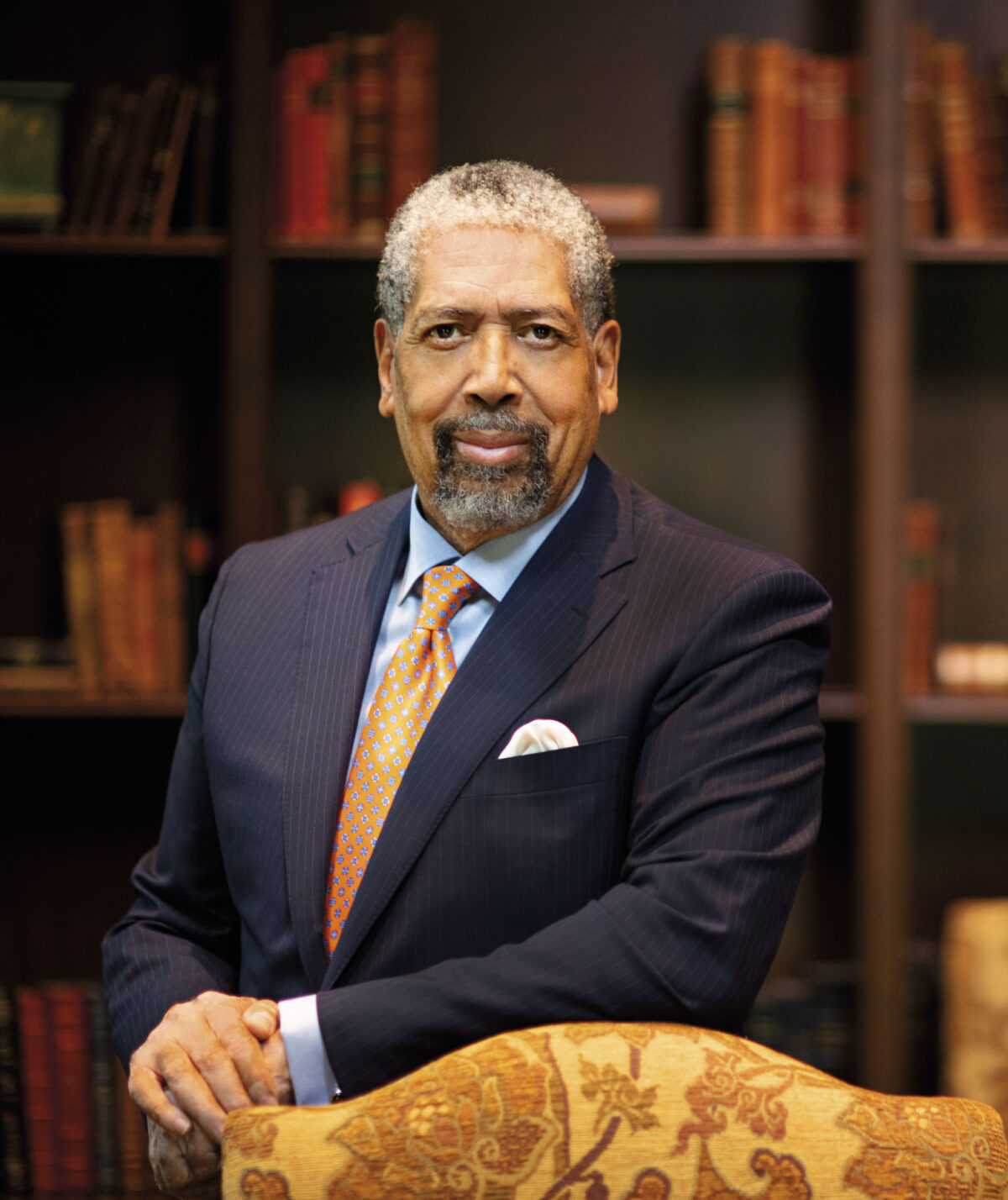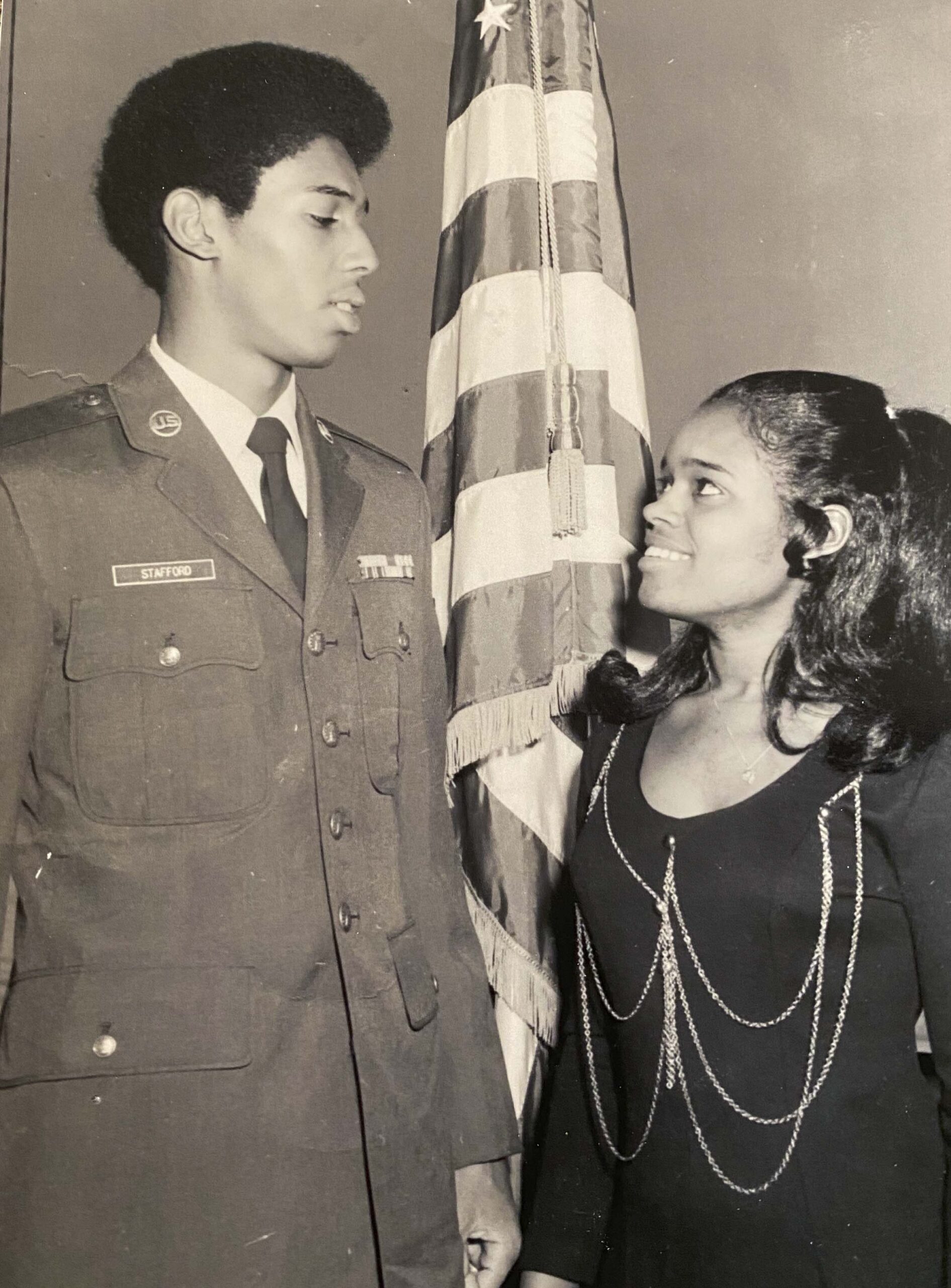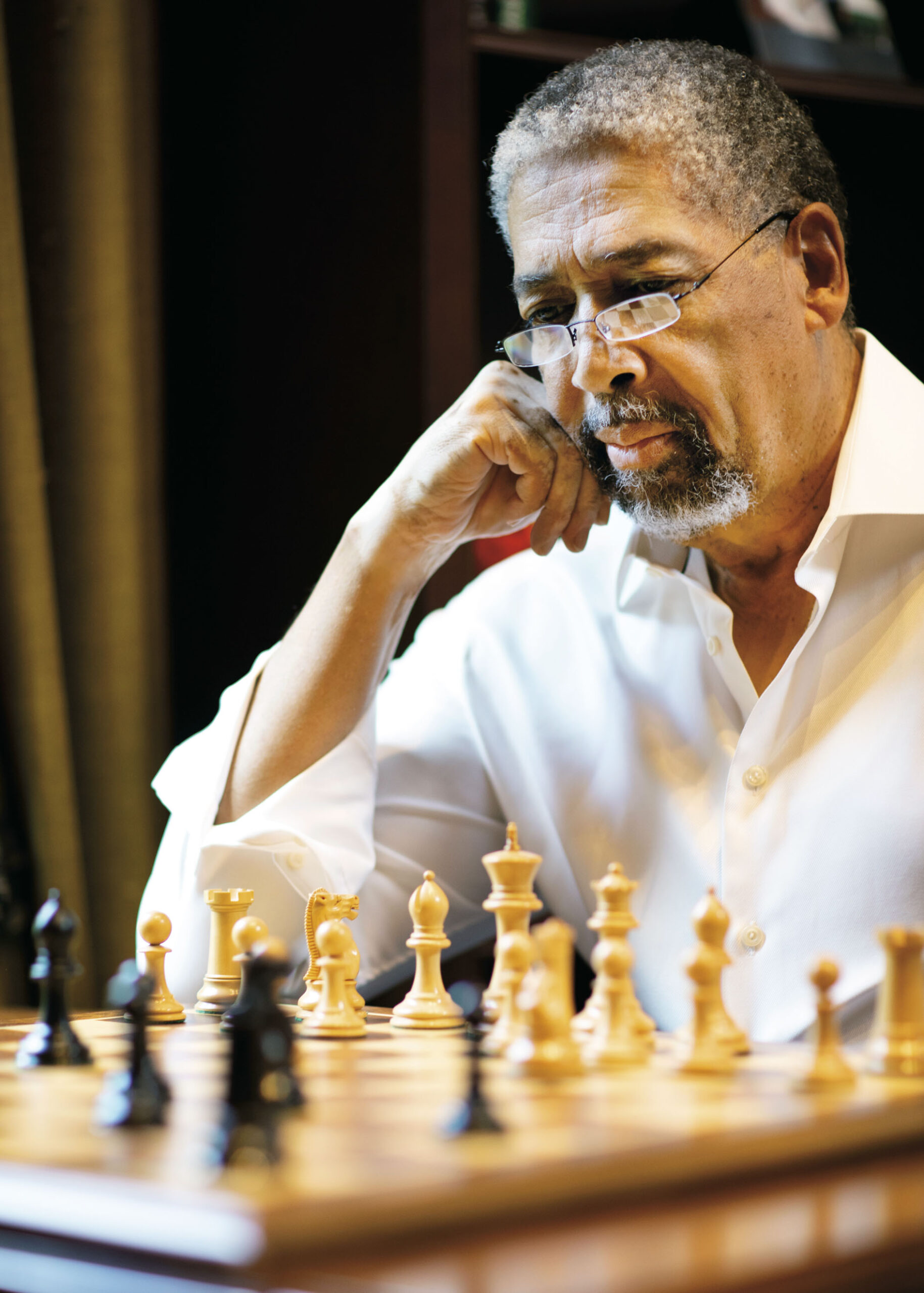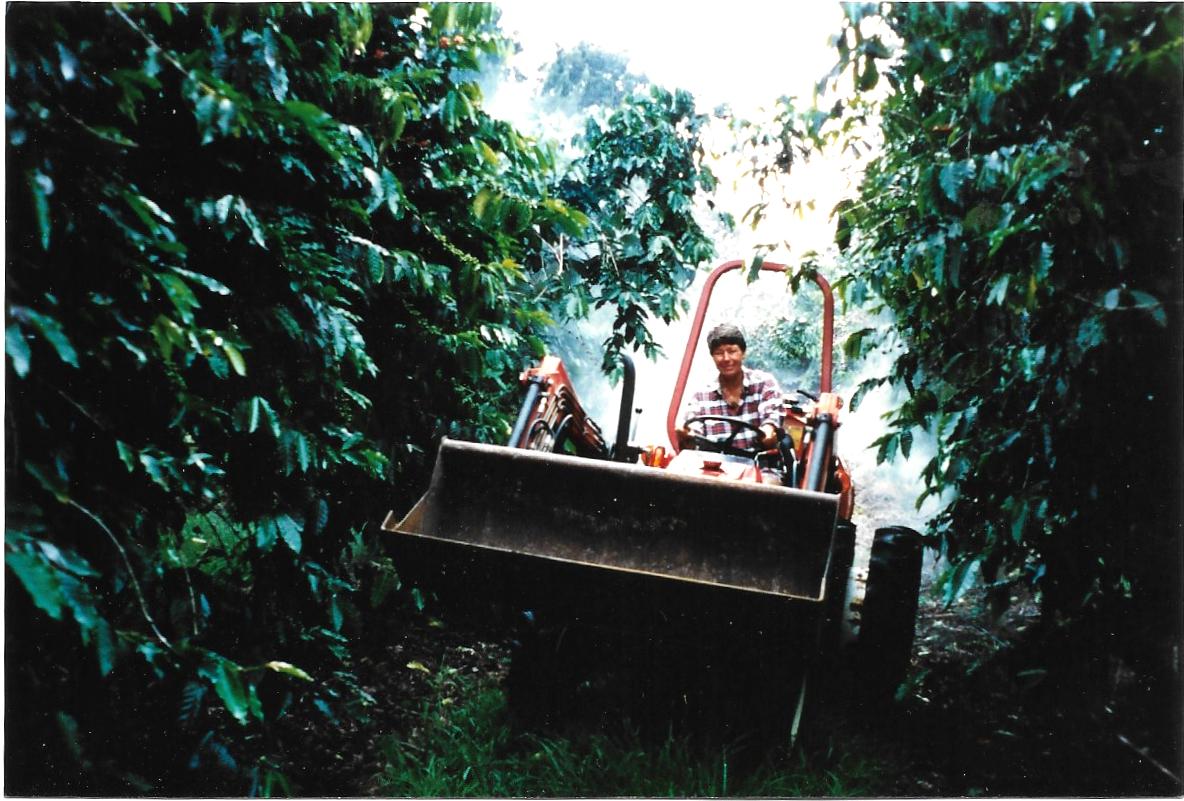It’s easy to see why the audience went crazy as the name “RaeLynn” flashed across the screen during one concert night in Phoenix, Arizona. When the 29-year-old country music star sings about her hometown, or about gettin’ rowdy or raising a daughter or living through her parents’ divorce, she is singing the thoughts and feelings, the memories and hopes, of the thousands of people listening.
For RaeLynn, it’s not about her; it’s about the fans. “I got into country music for the same reason you did,” RaeLynn told the cheering crowd. “For the stories.”
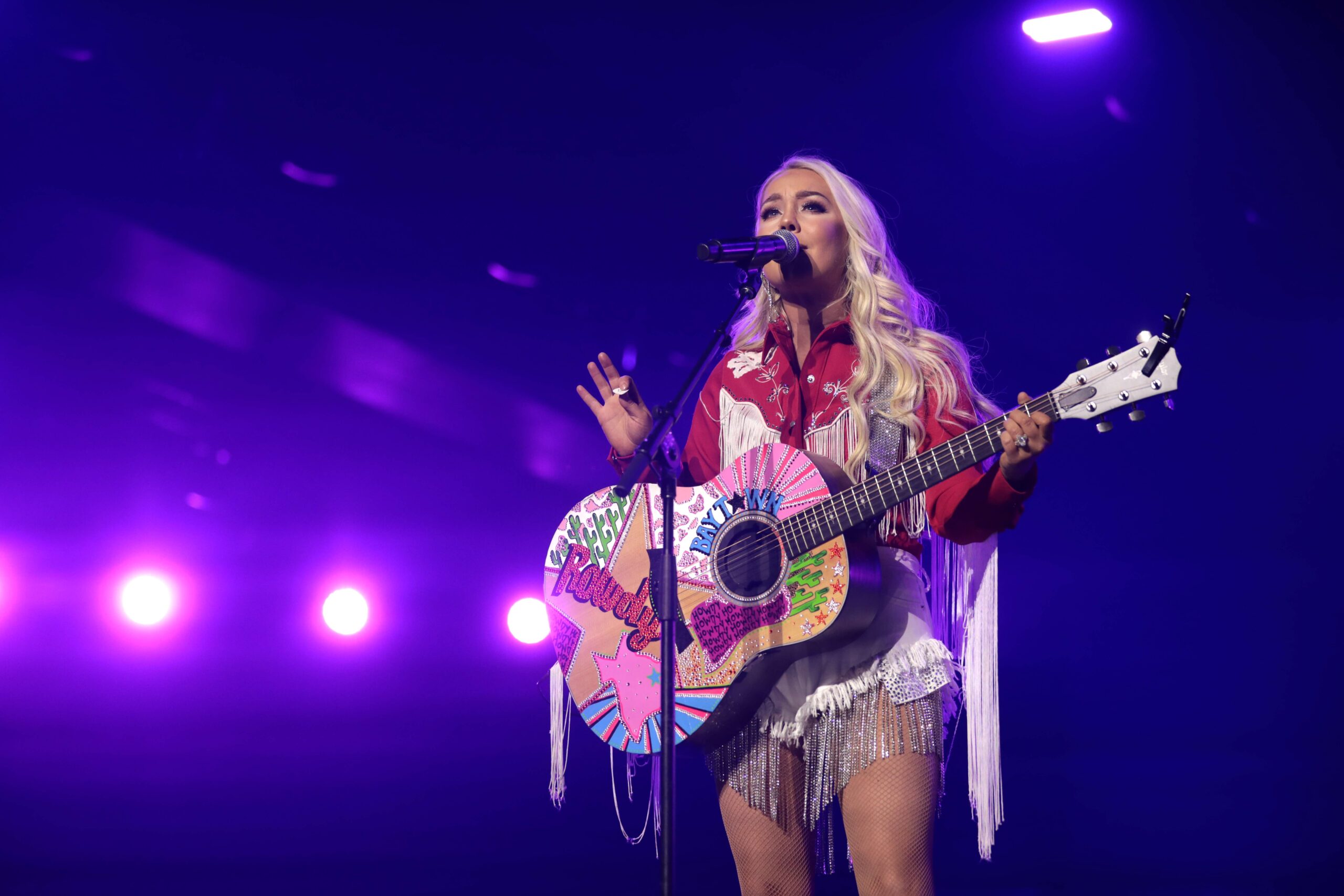
Singing From the Heart
The stories RaeLynn sings are as rich and as varied as America itself. It might be about the comfort of the familiar in a small town from “I Love My Hometown” (which, in RaeLynn’s case, is Baytown, Texas):
I love that mom and pop Wingstop shop
With ten different shades of hot
I love that football field and that wheelin’ dealin’
Down at the used car lot.
It could be the joy of parenting a daughter in “Raisin’ Me a Country Girl”:
She’ll have pink painted on her toes
While she’s drinkin’ from the water hose
Growin’ up where the sweet corn grows
With her Sunday school down the road.
Or being a little bit sassy in “Keep Up”:
Yeah I rock Gucci gang, but I got Baytown twang
That lifted pickup in the parking lot, I own that thing
Yeah, I know my drink might be all pretty pink
But don’t you let that fool you, I’m more backwoods than you think.
Or it might be something more serious. Like child trafficking.
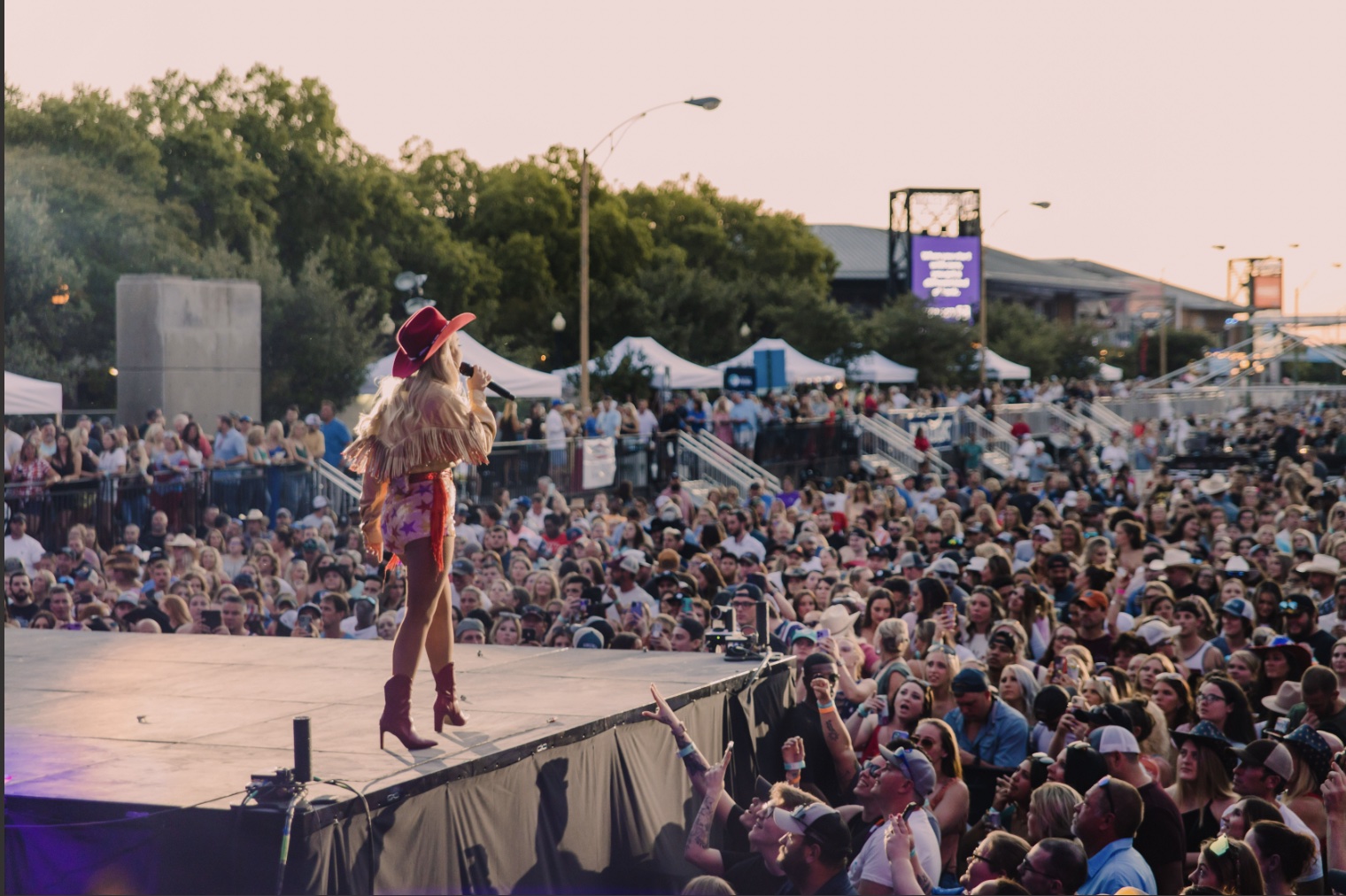
“I didn’t really know the severity of it until I became a mom,” RaeLynn said by phone from her home in Nashville. True to her image—which is also her reality—she’s taken the time to chat with American Essence between making a green bean casserole and a buttermilk pie the day before Thanksgiving.
“I’d always been a fan of O.U.R.”—referring to Operation Underground Railroad, the nonprofit dedicated to combating child sex trafficking. “But when my daughter was born and I found out how bad it is, the Mama Bear instinct kicked in and I wanted to help. … It’s a real issue. People don’t realize that children go missing every day.”
Mama Bear Raelynn swung into action with the song, “It’s Happening Right Here,” written for the 2022 documentary of the same name. “If you have a platform, God didn’t give you that for nothing. It’s important to speak about things that are going on in the world that some people don’t want to speak about. It’s important to educate yourself on the signs that it’s happening.” She warns in song to be alert to the danger of traffickers:
It’s happenin’ right here
It’s happenin’ right now
Yeah, once you turn the light on
You can’t just turn it out
It’s behind the door, just up the street
Down the hall on a cell phone screen
It’s a wake-up call for us all in the mirror
It’s happenin’ right here
Oh, right here
There’s power when the silence breaks
So for every son and daughter’s sake
A few simple words just might save a life
So we gotta talk, we gotta try, we gotta fight.
Family and Fun
Born Racheal Lynn Woodward to working-class parents, RaeLynn grew up knowing the value of a hard day’s work: “My dad took me to his tire shop every day. I grew up there. It was his dream to own his own business and I would help him. I learned that money doesn’t grow on trees and you have to chase your dream.”
RaeLynn has started teaching her young daughter, Daisy Rae, the same principles by taking her into meetings to see mom at work. “I think it’s important to let Daisy into my world,” she said. Daisy Rae’s dad is former pro athlete Josh Davis, whom RaeLynn married in 2016. Daisy Rae came along in 2021.
“Being a mother and a wife comes first in my life,” RaeLynn said. Balancing family with career “has its hard days and its good days,” but being self-employed at least gives her flexibility. After taking a break from the touring world, she will go back on the road in 2024.

RaeLynn’s career started in 2012 when she appeared on Season 2 of the hit singing competition reality show, “The Voice.” She returned to “The Voice” the following season to debut her single “Boyfriend,” which sold 27,000 copies in its debut week and made RaeLynn the first post-“The Voice” contestant to appear on the Billboard rankings. After that, she sang with Blake Shelton, wrote a song with Miranda Lambert, toured with Garth Brooks, and raced down the path of her dream career. RaeLynn’s 2014 hit “God Made Girls” went platinum, and as of December 2023, she had received 840 million career streams.
RaeLynn was inspired by the giants of the country music industry’s women: Dolly Parton, Loretta Lynn, Tammy Wynette. She feels the responsibility of carrying on their legacy, and that means “staying honest and being vulnerable.” One of RaeLynn’s most honest moments in song came with 2016’s “Love Triangle,” a heart-breaking account of being raised the child of divorce, shunted between mom and dad. The song went gold and was praised by critics as an important addition to country music. “I get inspiration from a lot of places, but I definitely write a lot from the heart,” she said.

“The next album I’m working on is very special. It goes deeper into the motherhood aspect of where I’m at in life. When you become a mom, everything is raised to the next level,” she added. She has been contemplating, “‘How should I run my family? What do I want my family to look like?’ I’ve been writing from that perspective.”
Of course, it won’t all be strictly serious.
“I picked country music because you have that line of faith and hard work, but also everyone’s having a good time, drinking a beer and talking with friends and listening to songs on the radio.” Her songs go both places.
As a married woman for the last eight years, RaeLynn said faith and family have been at the pinnacle of her life. To fuel her livelier songs, she has had to turn to friends and acquaintances: “I have a lot of single friends, and I’ve heard a lot of crazy stories!” Into her songs they go.
America’s Musical Genre
Songwriting is key to country music because storytelling is what it’s all about. RaeLynn said her songs sometimes start with picking a melody on the guitar and thinking of a lyric to go with it, but they can also begin with words first, followed by music added later. She writes her songs in collaboration with a network of Nashville songwriters.
RaeLynn is openly patriotic. “My patriotism shows because I’m not afraid to talk about it,” she said. “I’ve always been an open book about my love for this country. Right now, it’s especially important not to be timid about how you feel. I recently wrote a song about the importance of the flag.” RaeLynn’s husband, it should be noted, joined the military a year after their marriage.
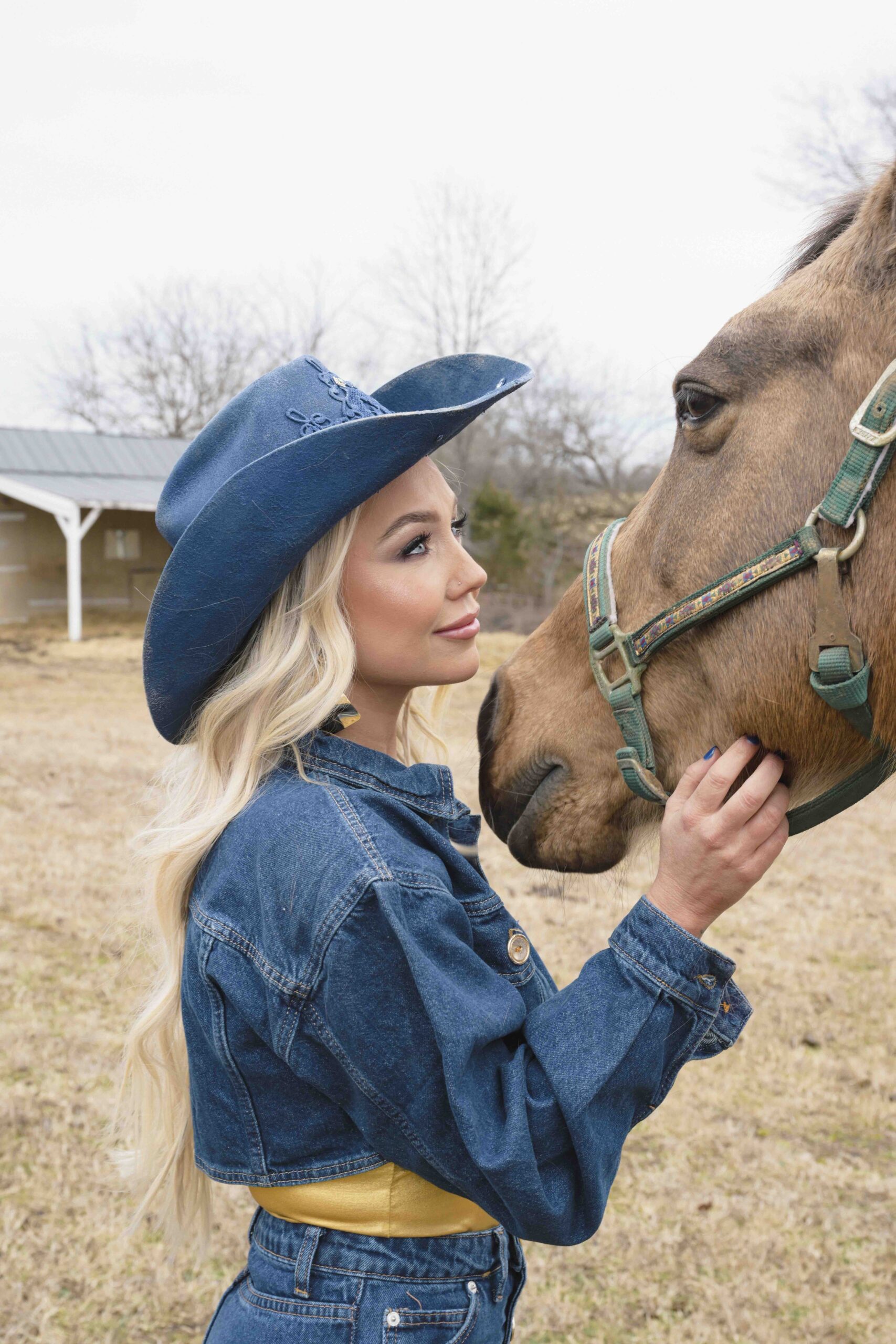
Country music has had its ups and downs, but for RaeLynn, the present is all up: “Country music is in a good place right now. What gets me excited about Nashville is you still hear great songs coming out. The cream of the crop is writing and recording great new songs. If the great songs stop coming out, then that’s when I’ll stop, too.” She doesn’t see that happening soon.
“I’m inspired by Cody Johnson’s new song, ‘Dirt Cheap.’ As long as we have people like that writing songs about folks who work hard for their families and who believe in this country and what it stands for, then I think we’re going to be alright.”
This article was originally published in American Essence magazine.

